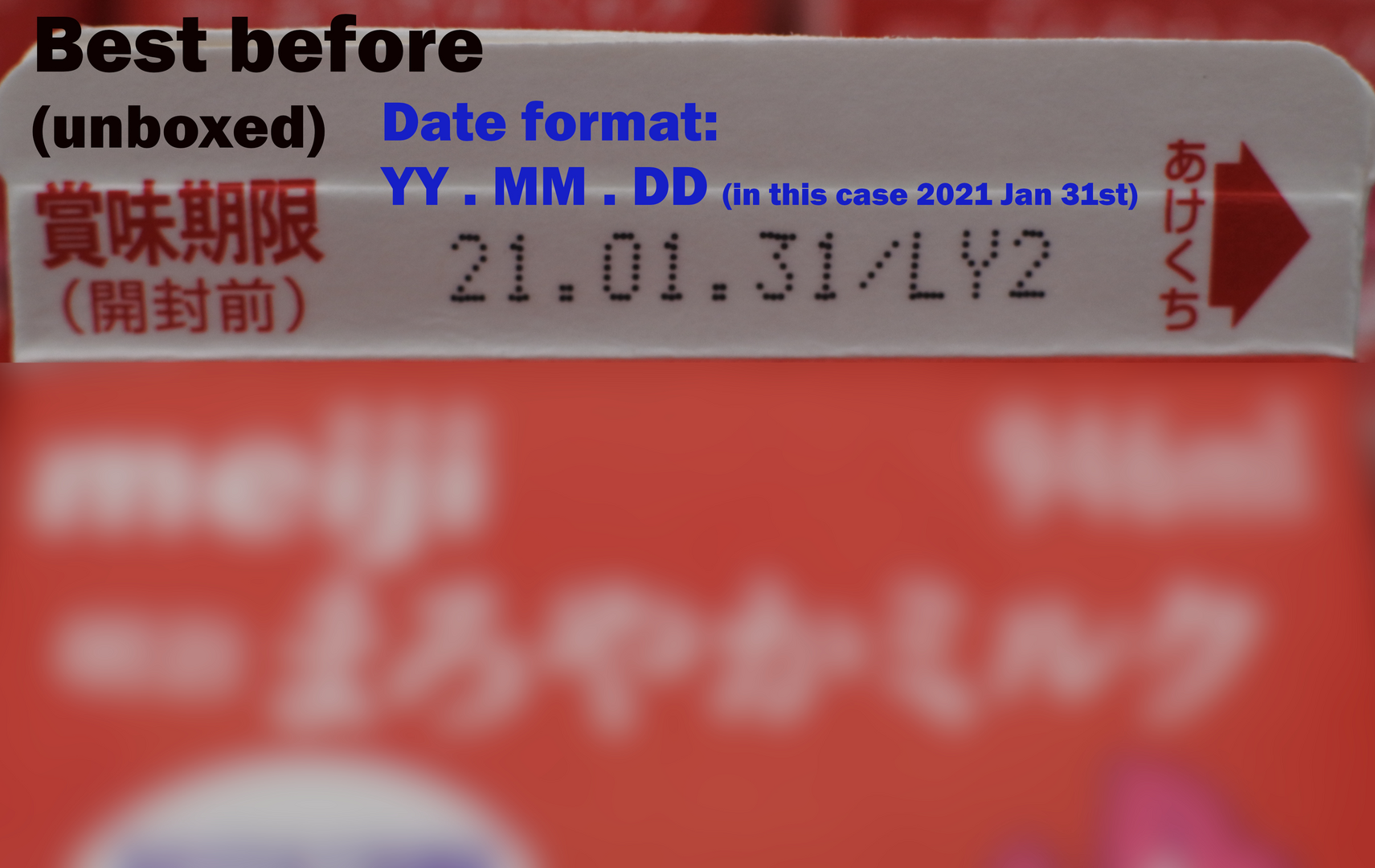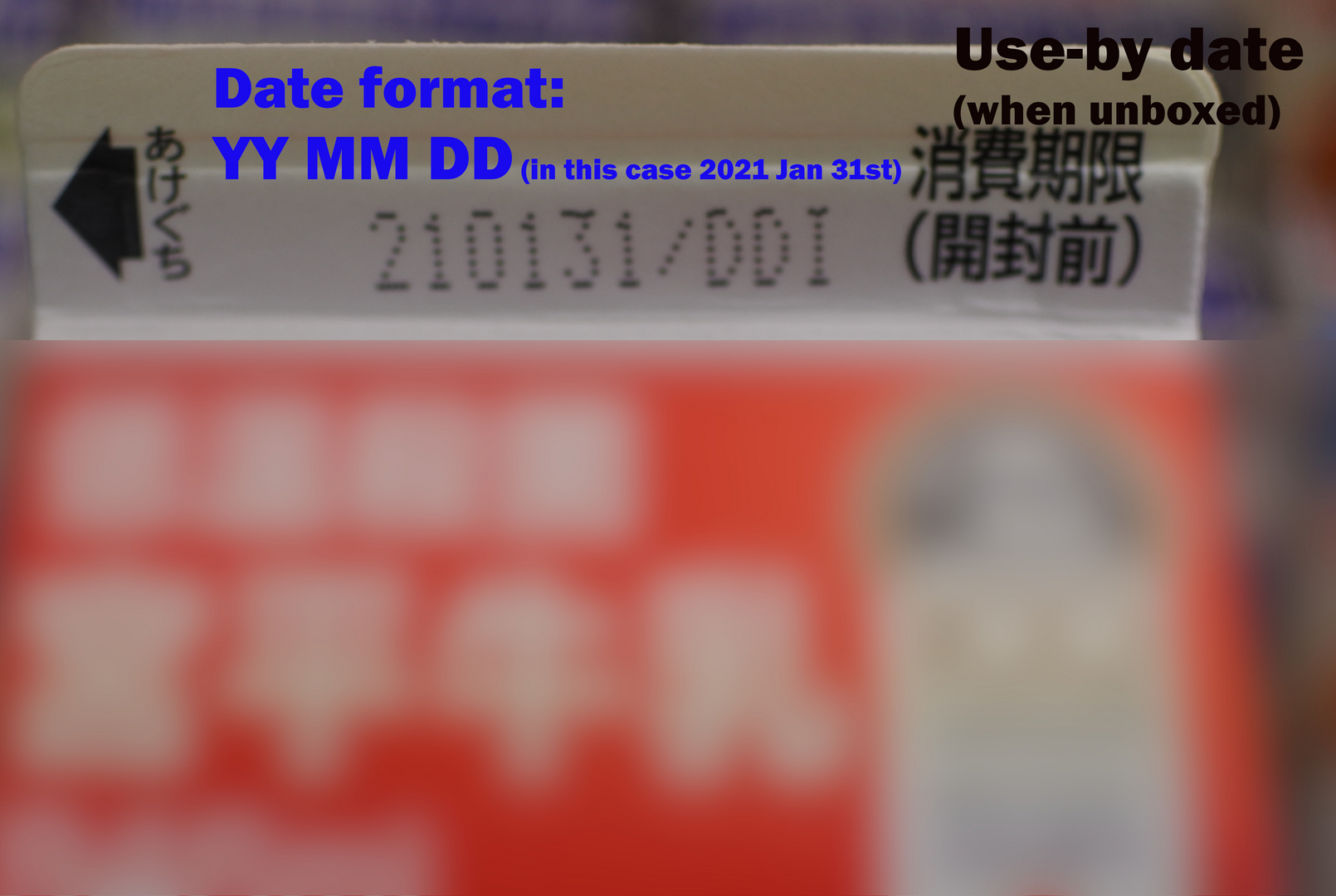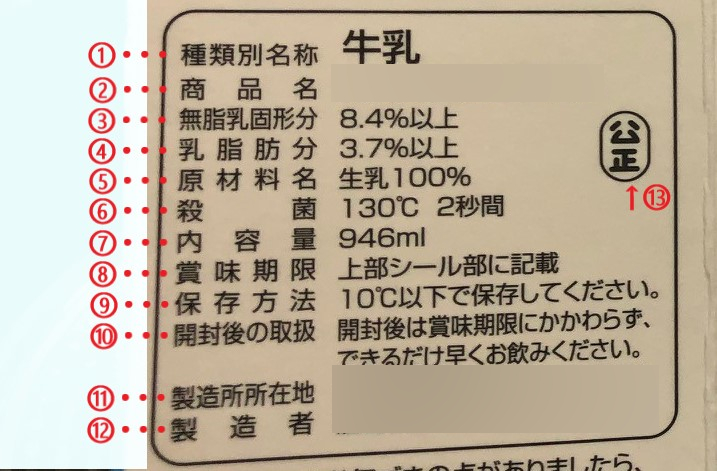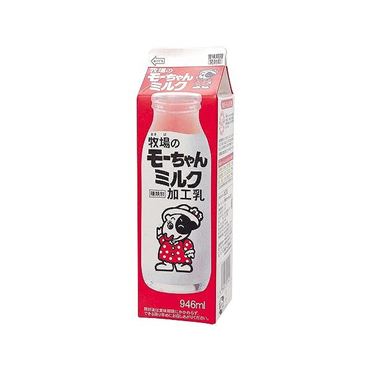Is it whole milk, or something else?
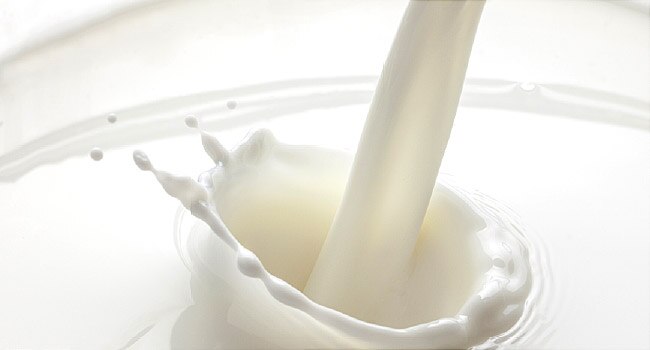
Contents of the page
Classifications of the milk-products
How to read best before and use-by dates
How to read product facts table
List of the products widely sold in Okinawa(with pics!)
Why is the portion 946ml, not 1 litre?
Share your comments/requests here
Classifications of the milk-products
In Japan, milk, or milk products are classified in seven categories in accordance with the "Ministerial Ordinance on Milk and Milk products Concerning Compositional Standards, etc."
The classifications are as follows:
Classification |
Content percentage of raw milk |
Milk solids content |
Hygiene Standards |
||
Milk fat |
Non-fat milk solids |
Bacteria count per ㎖ |
Coliform bacteria |
||
Milk |
100% |
3.0% or more |
8.0% or more |
50,000 or less |
Negative |
Certified milk |
3.3% or more |
8.5% or more |
30,000 or less |
||
Homogenized milk |
*2 |
8.0% or more |
50,000 or less |
||
Low-fat milk |
0.5% ≤ 1.5% |
||||
Fat-free milk |
Less than 0.5% |
||||
Processed milk |
*1 |
*3 |
|||
Milk-based drink |
*1 |
Milk solids(including both fat and non-fat)3.0% or more |
30,000 or less |
||
*1: For processed milk and milk-based drinks, the content percentage of raw milk is indicated as either "50% or more (50%以上)" or "less than 50% (50%未満)" on the nutrition facts table
*2: Milk fat content varies depending on the product since milk fat content is adjusted. Some products may contain less milk fat, and some may contain more milk fat.
*3: There are no milk fat content standards for processed milk.
-
Milk(牛乳):
Unhomogenized 100% raw milk (nothing has been adjusted or taken away)
-
Certified milk(特別牛乳):
Products made from raw milk milked and processed in the "certified facilities"
-
Homogenized milk(成分調整牛乳):
Content adjusted milk
-
Low-fat milk(低脂肪牛乳):
Fat content is 0.5% - 1.5%
-
Fat-free milk(無脂肪牛乳):
Fat content is less than 0.5%
-
Processed milk(加工乳):
Other ingredients such as creme, thick milk, or butter, etc. are added to milk. The main ingredients are thick milk or low-fat milk, etc.
-
Milk-based drink(乳飲料):
Other non-dairy products such as juice, sweetener, iron, or calcium, etc. have been added to milk.
On all milk-products, there is an indication of classification of the item. The classification is indicated next to, or below the letters "種類別(classification)" in a rectangular box like in the picture below.
Milk (牛乳)
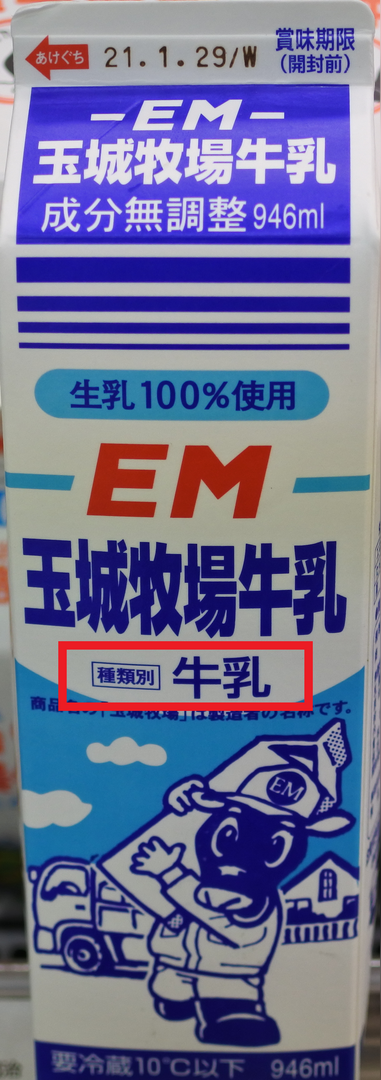
Processed milk (加工乳)
Milk-based drink (乳飲料)
To page top
How to read best before / use-by dates
Best before date (賞味期限)
賞味期限, or best before date is the date until which the quality of the product is guaranteed as long as the food is stored according to the instructions on the package. The food may be safe to eat after this date, but may not be at its best.
Use-by date (消費期限)
消費期限, or use-by date is the date by which the product must be eaten or used. The product will not be safe to eat or use after the date.
It depends on the product which one of the above dates will be indicated.
To page top
How to read product facts table
① Classification of the product ("牛乳(milk)" for this case)
② Name of the product
③ Non-fat milk solids content ("8.4% or more" for this case)
④ Milk fat content ("3.7% or more" for this case)
⑤ Ingredients ("100% raw milk" for this case)
⑥ Sterilization ("130℃ for 2 seconds" for this case)
⑦ Net content
⑧ Best before (see top of the package)
⑨ Storage method (store at a temperature of 10℃ or lower)
⑩ Instructions after unpackaging (consume the product ASAP regardless of the best before date)
⑪ Production site
⑫ Producer
⑬ Seal certifying that the nutrition facts table contents align with the regulation
Useful kanji characters to know
-
~以上・・・~ or more
-
~以下・・・~ or less
-
~未満・・・less than ~
To page top
List of the products widely sold in Okinawa (with pics!)
Click on the category to see product information.
Whole milk 牛乳






